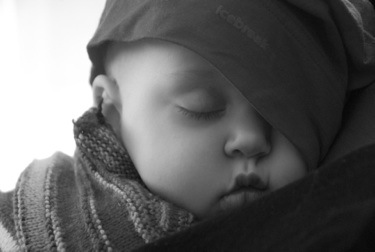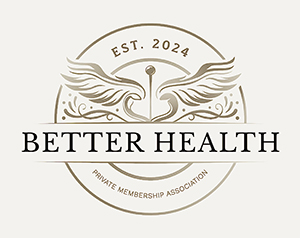 Infants
Infants
Osteopathic treatment of the infant relieves strain related to the birth process and restriction related to positioning in the uterus during the third trimester. It also assists the baby in his or her transition to life outside of the womb.
The birth process involves tremendous forces which are transmitted through the head and body of the infant. Research by Dr. Viola Frymann indicates that a high percentage of infants have significant strain or mechanical restriction of motion within the bones, membranes and fluids of the cranium. When strains are significant they may impair circulation, compress nerves, or create a situation of constant tension within the membranes and fascia.
Positioning in the uterus, particularly during the third trimester, can lead to strain in the infant’s head and body. Particular issues which indicate likely strain include malpositioning of the infant (transverse lie, breech etc.), asymmetric uterus shape or positioning (lop-sided uterus), low positioning of the baby in the pelvis (when the head is down and engaged early), low amnionic fluid level, large infant size and twin birth. An infant who is frequently in an awkward position or characteristic position may have had a similar, cramped positioning in utero.
The transition from life in the womb to life in the world is probably the most dramatic physical change we go through in life. An infant adapts to living with the full force gravity rather than floating in fluid, and changes from receiving nutrients constantly through a natural “IV” to taking food by mouth and having to break it down through digestion. All this occurs after a sometimes eventful ride down the birth canal. Osteopathy helps by relieving structural strains and twists which tax the body’s resources, by improving circulation and fascial movement of the digestive system, and by releasing the compression of specific nerves which are needed to coordinate feeding and digestion.
If you choose to breast feed, your baby’s latch onto your breast is a key to your child’s health. A poor latch can be due to impingement on the hypoglossal nerve (this can be due to birth trauma) or even a tongue that does not have enough range of motion (commonly called tongue tie). We can help with this diagnosis and can offer treatments for this as well.
Common infant conditions for which treatment is recommended:
- Difficult or Traumatic birth (long labor, slow descent, rapid descent, cord around the neck, cephalohematoma, vacuum, forceps or C-section)
 Feeding difficulties of the newborn
Feeding difficulties of the newborn- Reflux and spitting up
- Colic
- Constipation
- Plagiocephally (Asymmetry of the head)
- Torticollis (Head turning preference, head tilt, restricted movement of the neck)
- Brain injury
- Twin birth
- Hip dysplasia
- Tibial torsion (leg strain or twist)
- Shoulder dystocia (strained shoulder from the birth process)
- Poor latch/suck
- Tongue tie (shortened or attached frenulum)
As our “welcome to the world” gift to your newborn, their initial visit is free if made within one month of birth. It is our way of helping your baby get its best possible start in life.
